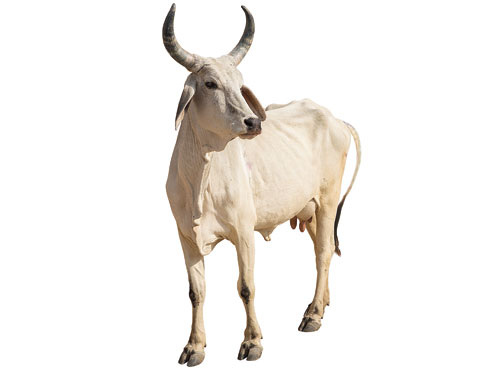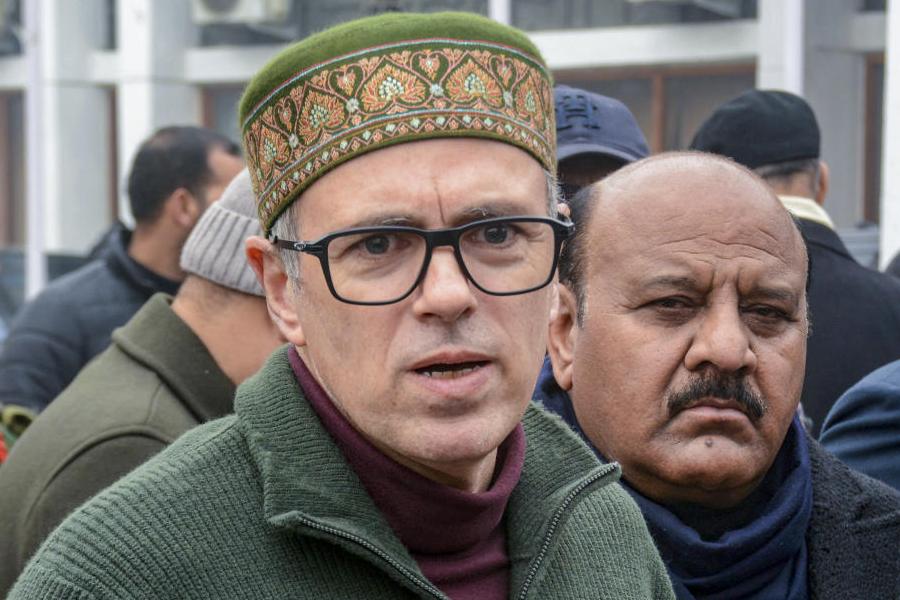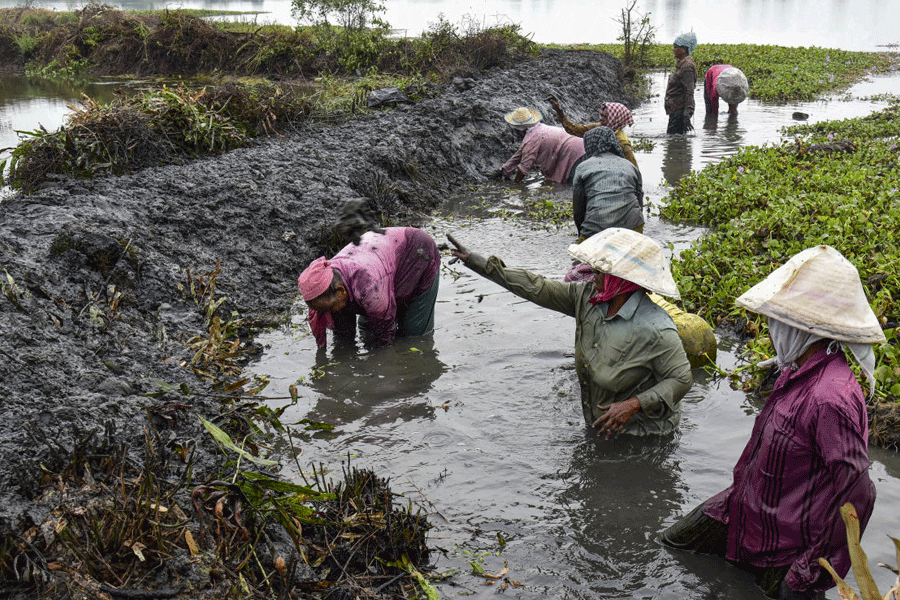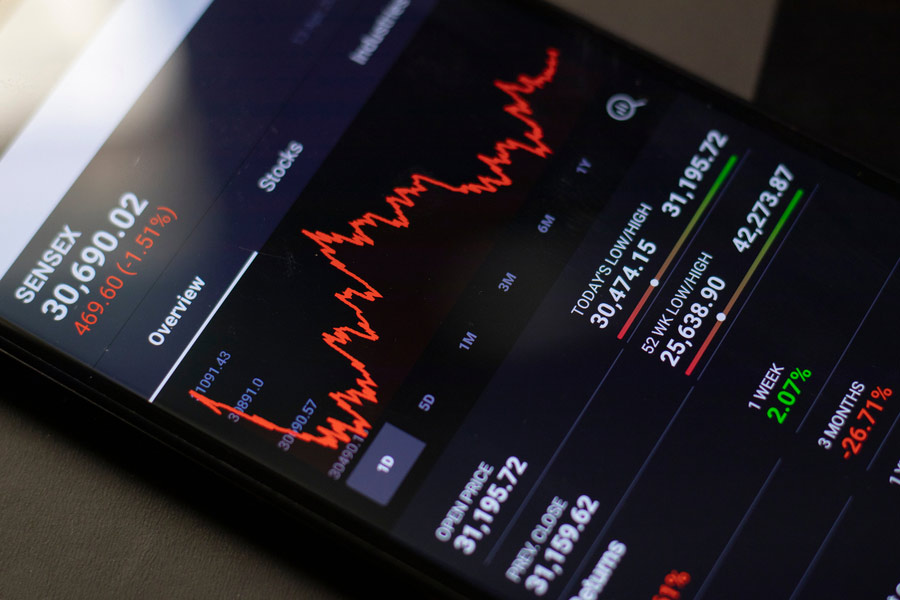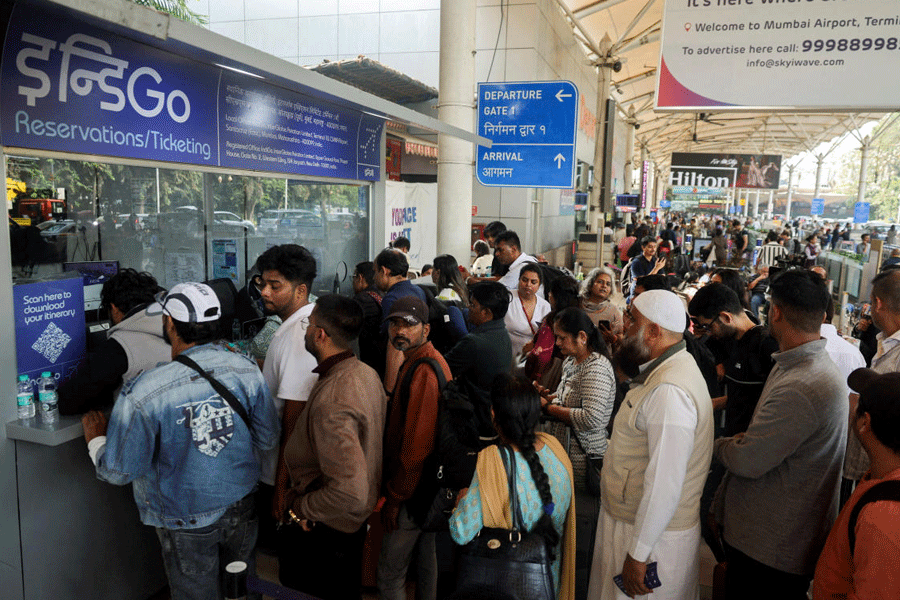
Kine & Kin
How many do we have, and how many kinds?
123 million, according to the 2012 cattle census
37 indigenous breeds which form 79 per cent of the population. The top picks among them are Gir and Kankrej (native to Gujarat), Rathi (Rajasthan), Sahiwal (Punjab and other parts of north India) and Vechur (Kerala). They are all high milk yielders
The rest: Hariana, Kosali, Khillar, Hallikar, Malvi, Bachaur,
Malnad Gidda, Tharparkar, Kenkatha, Ongole, Red Sindhi, Motu, Nagori, Red Kandhari, Nimari, Khariar, Deoni, Gaolao,
Amritmahal, Kherigarh, Dangi, Khangayam, Binjharpuri, Ghumsuri, Umblacherry, Mewati, Ponwar, Siri, Bargur, Krishna Valley, Pulikulum, Punganur
Four crossbreeds which form 21 per cent of the population: Jersey, Crossbred Jersey, Holstein Friesian and Crossbred
Holstein Friesian
Alive, the cow gives us
Milk a variety of dairy products: butter, ghee, cheese, cream, ice-cream
Dung and urine manure, fuel, disinfectant, repellent, ayurveda remedies
Muscle and bone all too often, she is used as beast of burden and bearer of yokes — in tilling fields, on non-mechanised oil-presses, as engine to cart and carriage, as transporter of commercial and farmland goods
Soul and spirit she has inspired for ages, through sheer bearing and carriage, reverence and rhyme, lore and literature
Dead, the cow gives us
Flesh: consumed as beef in several parts of the country
Horns: compost, buttons, handicraft, combs
Tail and ear hair: air filters, paintbrushes, toothbrushes, mattresses, felt, insulation, plaster, textiles
Body fat: chewing gum, candles, detergents, fabric softeners, deodorants, shaving cream, waterproofing agents, cement,
ceramics, chalk, matches, medicines, oleomargarine, soaps
Intestines: racquet strings, sausage casing, instrument strings
Bones: refined sugar, refined charcoal, fertiliser, glass, china
Hooves: fire-fighting foam, adhesives, plastics, pet food, plant food, shampoos and conditioners, laminates and wallpaper, plywood
Brain: anti-ageing creams, lipsticks
Blood: pasta and cake mixes, imitation eggs, dyes and inks, adhesives, minerals, medicines, lab research material, shoe polish
Meat scrap and muscle tissue: fertiliser and livestock feed
Hide: a whole range of leather accessories, drum heads, furniture, gelatin, emery boards, sheet rock, wallpaper, medicines, confectionery, sporting material such as cricket balls
She also spawned a clan and a caste
Yaduvansh, whose latter day progeny have come to be known as Yadavs and Ahirs, may owe its origins to the cow. Yaduvanshis were traditionally pastoral herdsmen whose lives and economy revolved around cattle. They distribute themselves into several kindred social/occupational groups. The best known Yadav is, doubtless, Krishna, scion of the Vrishni clan of Yadavs from around where modern-day Mathura is. Classified in the Constitution among Other Backward Classes (OBCs), Yadavs remain a politically influential caste, especially in north Indian states like Uttar Pradesh, Bihar, Haryana and Rajasthan.
Life and lactating cycle
Average lifespan: 15-20 years. They begin to give milk between ages 2 and 3 but only after they’ve given birth. Most cows can continue to yield milk for 10-11 years; the cross-bred varieties have a shorter peak yield span of 4-5 years. Past their lactating years, most cows are either shunted to pens, or gaushalas, or just abandoned
Her Jan-Dhan Yojana
What the breed breeds
Dairy industry
We produce close to 70 million tonnes of milk each year
Turnover: Rs 4,00,000 crore per annum
1,65,835 rural dairy cooperatives/
198 dairy co-operative unions
Employs 75 million women and 15 million men
Leather industry
18 square feet of leather is obtained from a cow of average size
Annual average of leather produced: 2 billion square feet
Turnover: Rs 79,392 crore
Exports: Rs 39,411 crore
Employs 2.5 million people
Meat industry
At 2.4 million tonnes, India was the largest exporter of beef and veal in 2015 and earned
Rs 29,282.58 crore from the enterprise
Employs 1.5 million people
(Protection of the cow is an article of the Constitution but that doesn’t automatically translate into a nationwide ban on cow-slaughter. States and Union Territories where no ban exists and beef is openly sold include Arunachal Pradesh, Bengal, Kerala, Meghalaya, Mizoram, Nagaland, Lakshadweep and the Kashmir Valley
Indian policy stipulates that there shall be no export of meat from cows, calves or oxen, so all mention of beef exports from India officially concerns buffalo meat, the correct term for which is carabeef. The US classifies even carabeef as beef)
Outrage industry
Over the last year, 6 killed, dozens thrashed and several put to insult and humiliation in sporadic outbursts by self-appointed “gau raksha” vigilantes across the country
Employs lumpen ranks often inspired by Sangh Parivar protagonists
Oops!
They also belch and break wind and give off toxic emissions, in far too voluminous quantities for our good
Global emission from livestock is 7.1 gigatonnes of carbon dioxide equivalent per year
Of this, cattle contribution is 65 per cent
15.1 per cent of this comes from Indian livestock
Cattle in countries like India emit more greenhouse gases because of poor feedstock quality and low feed digestability
For every kilogram of milk, carbon dioxide equivalent released by a cow in North America is 1.7 kilos. In South Asia, the figure is as high as 5.2 kilos.
Compiled by Upala Sen

